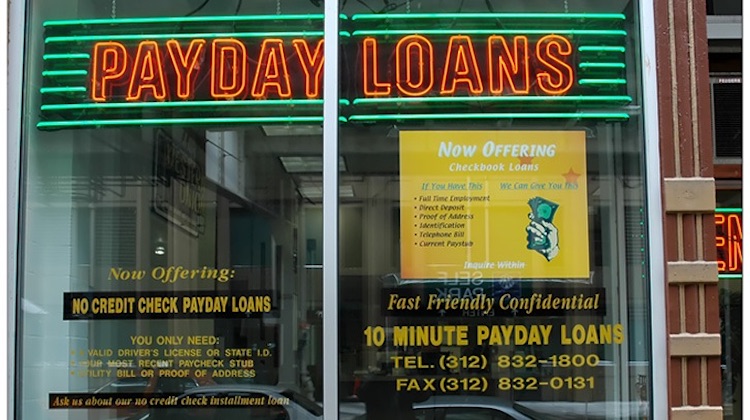The Customer Effect
Banks’ foray into small-dollar loans adds pressure on payday-lending industry
- Banks' entry into small-dollar loan space could bring interest rates down and squeeze payday lenders
- Fintech startups see the OCC's move as an opportunity to work with banks on underwriting models










